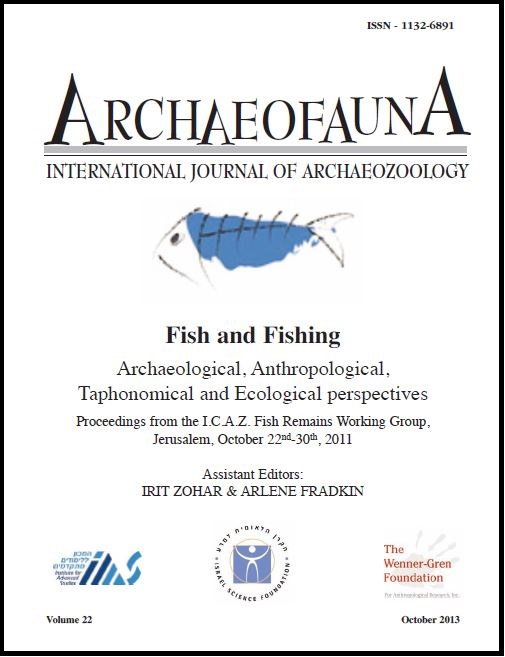Keywords:
Paleolithic, Freshwater fish, Paleozoogeography, Poland, Oblazowa caveAbstract
The area covered by glaciers during the Last Glacial Maximum (LGM) includes a large territory in northern Europe. In this region, Paleolithic finds are rare and fish bones fairly unique. Analysis of Paleolithic fish bones outside of the LGM range was carried out with the intention of reconstructing the paleozoogeographical distribution of this animal group before the retreat of the ice cap from the Baltic Basin. This research focuses on an archaeological fish bone assemblage from Ob?azowa Cave, southern Poland. Other samples examined are from Krucza Ska?a Rock Shelter (Kroczyckie Rocks), Bi?nik Cave (Wod?ca Valley), Borsuka Cave (Szklarka Valley), and Nad Tunelem Cave (Pr?dnik Valley). The latter sites are considered naturally accumulated deposits, but, at Ob?azowa and Krucza Ska?a, anthropogenic factors also played an important role. The fish bones from the Paleolithic cave deposits of Ob?azowa included at least six fish genera: Thymallus, Coregonus, Salmo, Salvelinus, Esox, and Cottus. The presence of Coregonus was especially significant since this fish does not occur in the study area today but may have been present in some of the mountain lakes of southern Poland before the LGM. As new phylogeographic studies based on DNA analyses of different fish species are now available, such information may help in understanding the paleozoogeographical distribution of these fish during the Pleistocene.

